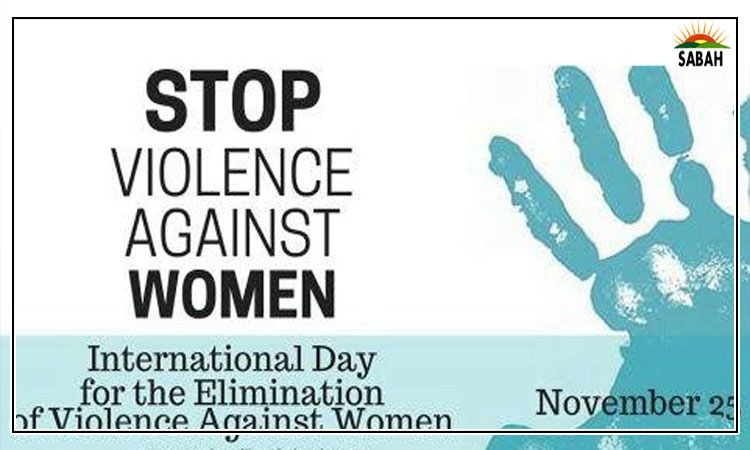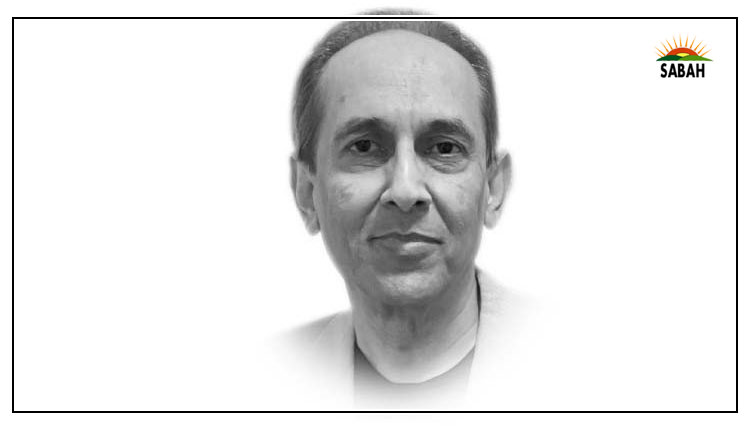Women are trailblazers … Dr Baqar Hasnain
“When you are a woman in a male-dominated society, you have to work twice as hard to prove yourself,” said Asma Jahangir, a human rights lawyer.
So true – especially for women with first-hand experience of gender-based discrimination.
Imagine a young woman graduating from Columbia Law School at the top of her class in 1959. Now imagine her applying for a job at a law firm and getting rejected because she was a woman. This woman was Ruth Bader Ginsburg who went on to become a Justice of the United States Supreme Court and served on the Court for 27 years. She left a lasting legacy as a woman who excelled in a world dominated by men.
In 1879, Gustave Le Bon, a French polymath, wrote, according to an article in Phys.org, that “even among the most intelligent races, there are a large number of women whose brains are closer in size to those of gorillas than to the most developed male brains.”
In 1886, William Withers Moore, then President of the British Medical Association, warned against overeducating women because they could then become immoral, insane and asexual. More recently, Pat Robertson, founder of the Christian Coalition and a US presidential candidate in 1988, asserted that “feminism is a socialist, anti-family, political movement that encourages women to leave their husbands, kill their children, practice witchcraft, destroy capitalism and become lesbians.”
In the United States, women did not get a right to vote until 1920. In the United Kingdom, only males, and a few females who owned property, had the right to vote until 1928 when the Equal Franchise Act extended the privilege to all persons, male or female, over the age of 21. Suffrage (the right to vote) for women was in stark contrast to antifeminism that discouraged women from entering the workforce, politics, or exercising their right to vote. To many, women simply did not have the mental capacity to understand politics (or do math or science for that matter).
Are men from Mars and women from Venus? Biologically, yes. But on a scale of intelligence, no. However, male and female brains are indeed wired differently. Scientific American cites new research that concludes that “male brains may be optimized for motor skills, and female brains may be optimized for combining analytical and intuitive thinking.” On gender-neutral IQ tests, women demonstrate verbal advantage (reading and comprehension), whereas male advantage is noticed for visual-spatial items. A study showed that in countries where women are encouraged to pursue educational opportunities, their scores equaled those of men on Raven’s Test (a test for abstract, logical reasoning). Research suggests that male brains may have more connections within their cerebral hemispheres, while female brains may have more connectivity between the hemispheres. However, there is no credible evidence that one gender is more intelligent than the other.
So, here’s a question: can a woman be a great mother and a CEO or a great leader at the same time? The answer is a resounding ‘yes’. As the African proverb goes: it takes a village to raise a child. In this case, the village is a consortium of family, community, government and the employer. It’s team work that starts with the father and the mother sharing responsibilities. It’s perfectly all right, even rewarding, for a man to cook food or change his baby’s diaper. And for a woman to go to work. ILO (International Labor Organization) recommends a maternity leave of 14 weeks for working women. Many countries have laws that provide for paternity leave for fathers as well. Maternity leave may be fully paid or paid in part. Countries with the longest maternity leave include the United Kingdom (39 weeks) and New Zealand (22 weeks). Countries where the maternity leave is paid at 100 per cent salary include Austria, Mexico, Israel and Germany.
Women are trailblazers. Even in Pakistan, despite all odds, they have made great strides in different career paths. A few of these trailblazers include Nergis Mavlawala (an Astrophysicist and Professor at MIT), Shamshad Akhtar (Chairperson PSX Board of Directors), Ayesha Malik (the first female Supreme Court Justice), Nigar Johar (a retired 3-star General), Sharmeen Obaid-Chinoy (an Oscar-winning filmmaker) and Ayesha Siddiqa (writer, former Director of Naval Research). We can clone these women by simply providing our children educational and career opportunities so that our men and women can stand side by side in leadership positions from banking and investment to academia and scientific research, from the corporate sector to the political arena. We should not treat women as special; we should treat them as equal.
Benazir Bhutto, the former Prime Minister of Pakistan, and a trailblazer herself, who was ruthlessly assassinated in 2007, in her essay ‘One Day’, writes:
As I come down the stairs to leave for the airport, my seven-year-old daughter, Bakhtawar, looks up. Casually waving, she says, “Bye, it was nice seeing you. Come back soon.”
“What do you mean?” I say, “I am your mother. I am stuck to you like that arm of yours for life.”
“But Mama, my arm keeps going away,” she complains.
“But it always comes back,” I reply.
“Yes, it does, it does,” says my eight-year-old son, Bilawal, as he gives me a hug.
Courtesy













